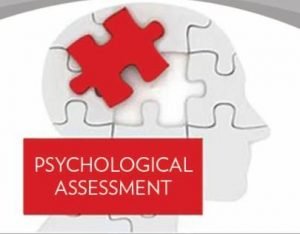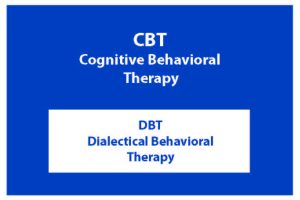Category: Mental Health

Radically Open Dialectical Behavioral Therapy (RO DBT) is a treatment developed by Thomas Lynch for those who develop disorders associated with an overcontrolled (OC) personality. OC individuals are often described as reserved and cautious, not very expressive with their emotions, and great at delaying gratification. OC individuals tend to be strong rule followers and feel a high sense of obligation in their lives (i.e., go to a birthday party because they feel they have to rather than wanting to do so). However, at times, they may experience “emotional leakage,” or emotionally breaking down once they are in private after holding it all together all day in public. An OC personality can be really helpful in some ways. These are the people that get their work done no matter what, show up to work on time every day, work through all the nitty, gritty details of a project, and follow through on their word. They can be very organized and methodical, and they are great at planning for long-term gains (i.e., saving to buy a house). However, they can be rigid and inflexible at time (i.e., get very upset if a restaurant lost a dinner reservation and struggle with figuring out where else to go to eat) and may have difficulty receiving feedback. Patients that may benefit from this treatment include those with chronic depression and anxiety, autism spectrum disorders, Obsessive-Compulsive Personality Disorder, and Anorexia Nervosa.
Radically Open Dialectical Behavior Therapy for Overcontrolled Personality
The biosocial theory behind RO DBT explains that OC individuals have brains that zoom in on the negative or threatening aspects of a situation before seeing the positives. This predisposition interacts with being raised in an environment that encourages or praises high levels of self-control in one’s life (i.e., doing homework without one’s parents needing to remind them to do so), performing at a high level (i.e., getting good grades, doing well in sports, receiving accolades), and avoiding making errors. These individuals end up avoiding uncertain situations, hold back their emotions out of fear that others may see them as being out of control, and become guarded in social situations, appearing to others as withdrawn. Their lack of vulnerability and difficulty expressing what they are really feeling leads others to struggle to relate to them, so they end up feeling lonely and isolated. Thus, RO DBT operates under the assumption that increasing connectedness to others can improve psychological functioning, thus targeting emotional expression. Additionally, RO DBT encourages being open to hearing other points of view so that one can learn as well as learning to be flexible in responding to varying situations.
Thomas Lynch describes that the five main behavioral targets of RO DBT include 1) being socially distant or reserved, 2) inflexible, rule-governed behaviors, 3) focusing on the details rather than the big picture of a situation and being overly cautious, 4) demonstrating emotional expressions that are inconsistent with how one is really feeling, and 5) comparing oneself to others, leading to resentment and envy. In RO DBT, patients work with their therapists on identifying personal goals consistent with these behavioral targets, connecting these goals to the problems that brought them into treatment. For instance, a patient may bring up that he/she would like to deepen relationships with others, be more flexible when things don’t go according to plan, or let go of past grudges to help fight depression and anxiety.
Radically Open DBT vs DBT
Many incorrectly assume that RO DBT and Dialectical Behavior Therapy (DBT) are the same thing. While RO DBT has some similarities with DBT, these are two very different treatments. DBT primarily benefits those who have an undercontrolled (UC) personality. UC traits include being impulsive, sensation-seeking, wearing one’s heart on one’s sleeve, and acting in the here and now. Thus, DBT can be helpful for those that have impulsive control problems, such as those with borderline personality disorder, bulimia nervosa, binge eating disorder, and substance abuse disorders. Both RO DBT and DBT combine individual therapy with skills training classes, involve tracking emotions and behaviors via diary cards, allow for telephone consultation with the individual therapist, and involve consultation teams for the group and individual therapists. However, DBT has a stronger focus on self-regulation to target emotion dysregulation whereas RO DBT is much more focused on helping individuals address social signaling and connectedness with others.
For more information see our Comprehensive Guide to RO-DBT.
References:
Lynch, T. R. (2018). Radically Open Dialectical Behavior Therapy. New Harbinger Publications.
Lynch, T. R. (2018). The Skills Training Manual for Radically Open Dialectical Behavior Therapy. New Harbinger Publications.
Elizabeth Mariutto, PsyD
Lindner Center of HOPE, Psychologist and Clinical Director of Partial Hospitalization/Intensive Outpatient Adult Eating Disorder Services
















